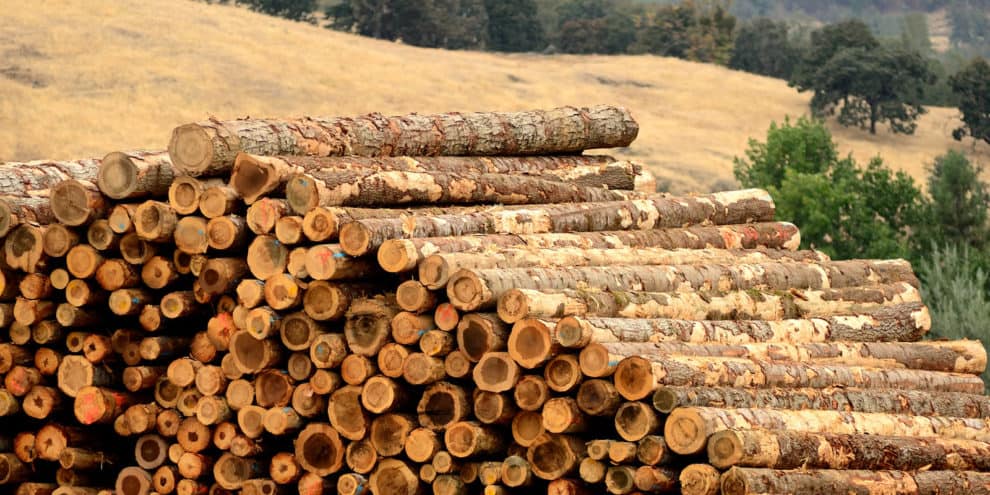When conducting due diligence and checking out the timber markets before potentially investing in timberland for sale, one line of analysis focuses on the “riskiness”, likelihood and competitiveness of existing and announced wood-using mills in and near the market. As a timberland investor, you want to confirm that (1) announced mills get built and (2) existing mills remain open to buy your trees and logs. When teaching Timber Market Analysis workshops, we review and apply simple frameworks to help organize our thinking given the information at hand.
A Three-Part Test
How healthy are the mills in your market? This is an important concept for understanding price levels and future demand for timber. We use the following criteria as part of a process to evaluate the health – the likelihood of longer term operations (10+ years) in the market – for facilities and announced mill investments in a market.
When analyzing mill risk and the viability of announced wood-using investments, consider these three categories of analysis:
- End markets. Are the end markets – such as newsprint versus fluff pulp versus linerboard – served by the mill strong or weak? The answer to this question is observable and can be answered with readily available data and context by searching press releases and newspapers on the Internet. Also, as housing markets improve, timberland investors get more excited about the impact of a new local sawmill than a pellet plant. The high level answer to this question, along with a breakdown of mill capacities by type in the market if you have access to a current data set of mills, provides a powerful, first-cut at the situation for mills in the market.
- Firm commitment. Ultimately, are the corporate parent and owners of the mills in your market demonstrating high or low commitment to the continued operations of the mill or the construction of their new project? We maintain a checklist of items that, for the most part, are answerable with publicly available information. Questions on this list include, for example, employment levels and hiring activity, signs of community involvement, and capital allocation as disclosed in press releases or public filings.
- Facility health. Is this facility, in its structure and equipment, old or new? Does it employ cutting edge technology? What is the “ability to pay” for raw material? While this is the most difficult of the three categories to assess, strong conclusions on “end markets” and “firm commitment” usually correspond with conclusions associated with facility health. In this way, each of the categories serves, at some level, as a proxy for the others.
This content may not be used or reproduced in any manner whatsoever, in part or in whole, without written permission of LANDTHINK. Use of this content without permission is a violation of federal copyright law. The articles, posts, comments, opinions and information provided by LANDTHINK are for informational and research purposes only and DOES NOT substitute or coincide with the advice of an attorney, accountant, real estate broker or any other licensed real estate professional. LANDTHINK strongly advises visitors and readers to seek their own professional guidance and advice related to buying, investing in or selling real estate.










Add Comment